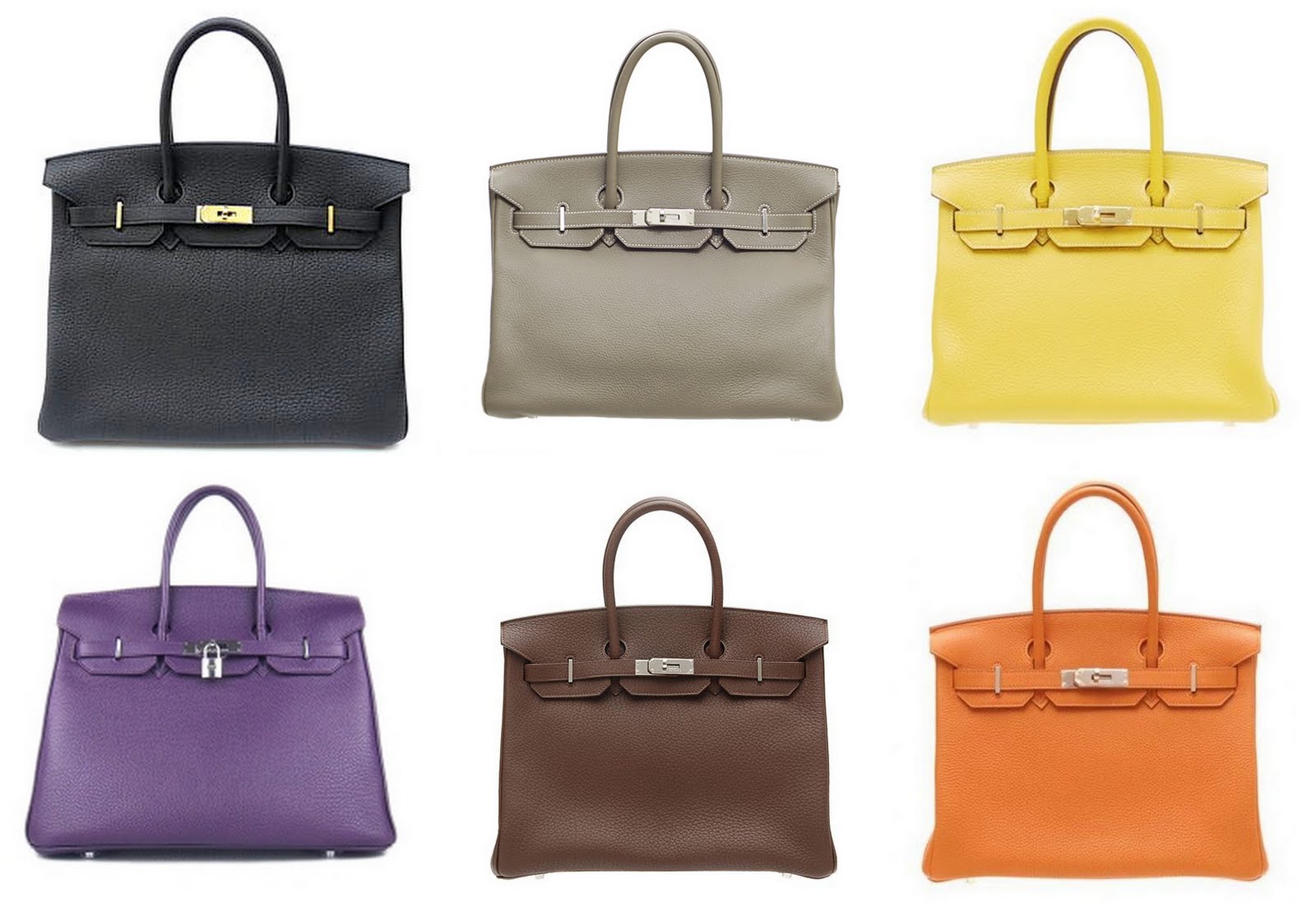Tying in my previous post about social media content marketing and as we talk about promotion in class, I have came across this blog post from Canadian Marketing Association about the importance of transparency in social media. In a recent study, they have asked people to what extent they trust certain forms of advertising, list includes from people you know, TV advertisements, branded websites, etc. People’s trust on advertisements has increased, and I feel that marketers should not take advantage of this. There is a fine line in unethical marketing, so companies must be wary. Companies can increase their transparency in many ways. For example, McDonalds strives to be more transparent about their food through launching videos that shows the process of arranging perfectly placed big macs consumers see on their advertisements. For example, they justified the nicer looking big macs on advertising with the amount of time spent on each preparation, 60 seconds versus 4 hours.


Being transparent can clear up any controversy, as well as help companies adopt an integrated marketing communication (IMC) process. McDonald’s “Our food. Your Question” marketing tactic shows initiative, a sense of responsibility.

Their (the sender) promotion involves getting the right message, to the right people, at the right time. The medium of communication (communication channel), which is the website is for people who are either interested, curious or concerned (the receiver) about what’s in McDonald’s products. Being able to directly question (decoding) McDonald’s tears that a barrier that could stimulate trust from consumers clear up misconceptions (noise), and change their attitude and behaviour. Those who were skeptical about purchasing their products may be less reluctant. This campaign is an excellent way for McDonalds to get feedback and response about their products (feedback loop).

Sources:
http://yourquestions.mcdonalds.ca/questions/4874
http://www.the-cma.org/about/blog/why-transparency-is-important-on-social-media
http://www.businessweek.com/articles/2012-05-10/integrated-marketing-if-you-knew-it-youd-do-it









